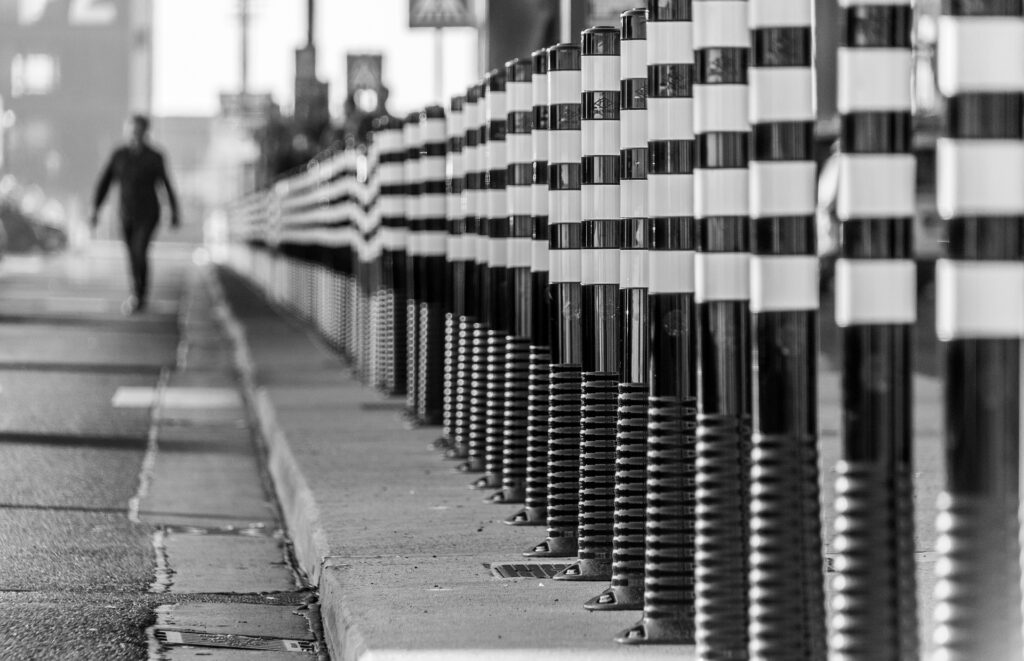Introduction
Bollards may seem like an ordinary fixture on city streets, but they actually offer a great deal of creative potential for urban design and architecture. These short, sturdy posts can be used in a wide range of innovative ways to enhance safety, aesthetics, and functionality in urban environments. Here are five examples of how bollards are being used in exciting and innovative ways.

Protecting Pedestrian and Cyclist Safety
One of the most common uses of bollards is to protect pedestrians and cyclists from vehicular traffic. By strategically placing bollards along sidewalks and bike lanes, cities can create a physical barrier between these vulnerable road users and cars or trucks. Bollards are also used to prevent vehicles from driving onto pedestrian plazas or other designated public spaces, ensuring that these areas remain safe and accessible to people on foot or bike.
Creating Unique Public Art Installations
Bollards are also a popular choice for public art installations, thanks to their sturdy and distinctive appearance. Artists and designers can use bollards as a canvas to create unique sculptures or installations that reflect the culture and character of a particular neighborhood or city. For example, a series of colorful, illuminated bollards can add a cultural touch to an urban plaza, while sculptural bollards made from recycled materials can serve as a statement on sustainability.
Providing Security for Buildings and Infrastructure
Bollards can also play a critical role in securing buildings and critical infrastructure, such as power plants or water treatment facilities. By placing bollards around the perimeter of these sites, cities can prevent unauthorized vehicles from accessing the area, while also creating a visual buffer that helps to deter potential intruders. Bollards can be designed to blend in with their surroundings or stand out as a clear warning to would-be trespassers.
Enhancing Streetscapes and Wayfinding
Bollards can also be used to enhance the aesthetics of city streets and improve wayfinding for pedestrians. By selecting bollards in different colors or styles, cities can create a cohesive and visually striking streetscape that reflects the character of a particular neighborhood or district. Bollards can also be used to mark pedestrian crossings or bike lanes, helping to guide people safely through urban environments.
Supporting Sustainability and Green Infrastructure
Finally, bollards can be used as part of sustainable design strategies to promote green infrastructure and support environmental goals. For example, bollards can be installed around stormwater planters or bioswales, helping to protect these valuable green spaces from damage by vehicles. Bollards can also be used to support bike share stations or electric vehicle charging stations, helping to promote sustainable transportation options in urban environments.





